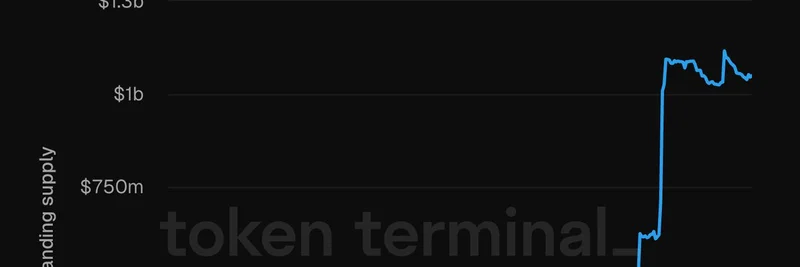Hey there, crypto enthusiasts! If you’ve been scrolling through X lately, you might have stumbled upon a thought-provoking tweet from kmoney_69 that’s got the community buzzing. Posted on July 7, 2025, at 22:47 UTC, kmoney_69 asked: “why is it the people that participate the least onchain always have the most opinions to share about it ?” This simple question has sparked a hilarious and insightful thread that’s worth diving into, especially for those of us at Meme Insider who love unpacking the quirks of the meme token and blockchain world.
The Observation That Hit Home
Let’s break it down. “Onchain activity” refers to transactions and interactions recorded on a blockchain—think buying, selling, or trading meme coins like Dogecoin or participating in decentralized finance (DeFi) platforms. Kmoney_69’s tweet points out a funny yet relatable trend: the folks who aren’t deeply involved in these activities often seem to have the strongest takes. It’s like hearing someone who’s never lifted a weight critique a gym workout routine—ironic, right?
The thread that followed is a goldmine of reactions. Nesanel6152 chimed in with a playful jab, boasting about their 4.6 SOL (Solana’s cryptocurrency) and an opinion on Pump.fun’s $1 billion raise. Meanwhile, Liquidity suggested these opinionated folks might just be “good observers,” adding a thoughtful twist. And then there’s devlord, who dropped a classic meme chart showing the distribution of opinions—ranging from “4bn is cheap” to “nooooo you can’t just ICO 4bn noooo”—which had us all laughing.
Why Does This Happen?
So, why do non-participants feel so confident sharing their views? One theory is the rise of social media, where anyone can voice an opinion without needing skin in the game. As noted in a recent study on social media engagement and cryptocurrency performance, positive sentiment on platforms like X can influence crypto prices, even from those who don’t hold the coins. This creates a feedback loop—loud opinions attract attention, which can drive trends, especially in the volatile world of meme tokens.
Another angle? Accessibility. With tools like Glassnode providing onchain analytics, anyone can peek into blockchain data without participating. This makes it easy to form opinions without the risk of losing funds in a “rug pull” (a scam where developers abandon a project after raising money).
The Meme Coin Connection
At Meme Insider, we see this trend playing out in the meme coin space. Take Dogecoin, which spiked thanks to Elon Musk’s tweets despite many fans never owning it. The thread’s humor—especially that meme chart—mirrors how meme coins thrive on hype rather than utility. Kmoney_69’s point resonates here: the loudest voices often belong to spectators, not players.
What It Means for the Crypto Community
This phenomenon isn’t just a laughing matter. For blockchain practitioners, it highlights a challenge: how do we separate valuable insights from noise? Active participants—those moving tokens or building onchain projects—bring real-world experience. Yet, the thread shows the community enjoys the banter, with replies like cytrohere’s gym analogy comparing offchain opinions to “zero-fee transactions—fast, cheap, and ultimately worthless.”
As web3 gaming and DeFi grow (with a 155% surge in active addresses in Q1 2024, per Quicknode’s Onchain Report), encouraging more hands-on participation could balance the scales. Maybe it’s time to invite those opinionated onlookers to jump in—after all, 4.6 SOL might just be the start of a deeper journey!
Final Thoughts
Kmoney_69’s tweet is a witty mirror held up to the crypto world, and the thread’s mix of humor and insight keeps it alive. Whether you’re a meme coin trader or a blockchain newbie, it’s a reminder to engage onchain and add value beyond the chatter. What do you think—should we challenge these opinionated spectators to put their money where their tweets are? Drop your thoughts in the comments, and stay tuned to Meme Insider for more crypto deep dives!

